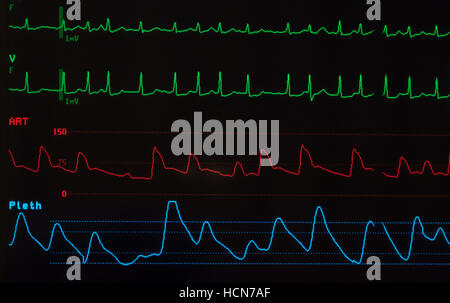


As in clinical practice discharge letters may be labeled with more than one code, we assessed the single- and multilabel performance of main diagnoses and cardiovascular risk factors. Our pipeline uses a deep neural network known as a Bidirectional Gated Recurrent Unit Neural Network and was trained and tested with 5548 discharge letters and validated in 5089 discharge and procedural letters. We focussed on frequently used and well-defined three- and four-digit ICD-10 codes that still have enough granularity to be clinically relevant such as atrial fibrillation (I48), acute myocardial infarction (I21), or dilated cardiomyopathy (I42.0). We aimed to create a high performing pipeline for automated classification of reliable ICD-10 codes in the free medical text in cardiology.

Natural language processing together with machine learning allows automated structuring of diagnoses using ICD-10 codes, but the limited performance of machine learning models, the necessity of gigantic datasets, and poor reliability of terminal parts of these codes restricted clinical usability.
#ICD 10 A FLUTTER MANUAL#
The International Classification of Disease (ICD) is a standardized and widely used method, but the manual classification is an enormously time-consuming endeavor. Standard reference terminology of diagnoses and risk factors is crucial for billing, epidemiological studies, and inter/intranational comparisons of diseases.


 0 kommentar(er)
0 kommentar(er)
